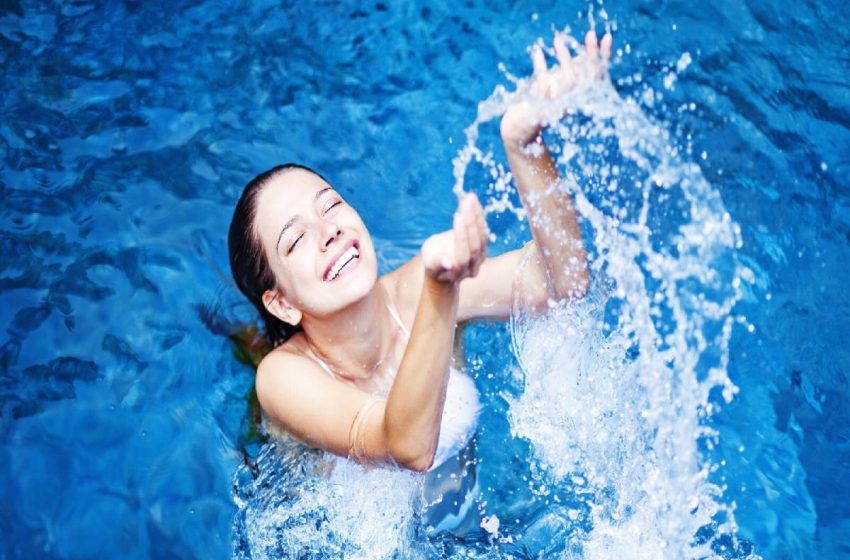
5 Ways to Care for Your Skin Before & After a Swim
Care for Your Skin Before & After a Swim
Using some time in the warm summer holidays in a gorgeous pool might be the perfect way to pass the time. And with warm weather just around the corner, you will have assembled your beach bag with a new swimsuit, towel, and clarifying shampoo. That said, you may not be ready to jump in head first, so spending some time pampering your skin does not hurt.
Everyone knows that chlorine can be tough on the scalp and has this annoying ability to turn your hair green, but pool chemicals could be just as unforgiving to the skin, provided you don’t use it correctly. It feels like scales on a “scaly mermaid,” if you thought your skin was itchy after a swimming pool session, that’s what is happening to you.
Here’s how dermatologists recommend caring for your skin before and after a swim.
Table of Contents
Prep your skin with a Barrier Cream.
“Chlorine is added into swimming pools with a specific intention of acting as a disinfectant to help prevent the incidences and the spread of bacterial, viral and protozoan diseases,” says Dr. Estee Williams, a board-certified dermatologist in New York City. “Because chlorine is highly irritative, chlorinated water contributes to irritator contact dermatitis or intensively red, dry itchy skin.”
As a result, one should use a barrier cream before swimming; according to Williams, this will help stop the itchy skin and the redness. Choose products that contain glycerin, oils, or even petrolatum among the ingredients. It is a big plus if it has dimethicone in it because it creates a barrier between the chlorine and your sensitive skin.
Shower and Moisturize immediately Post-Swim
You know you usually need to rinse off before entering the pool, per the listed rules. But if you wait until you get home to shower after a swim, you’re doing your skin a disservice. “Rinse off right after!” cautions Dr. Kristina Goldenberg, a board-certified dermatologist in New York City. “Do not let the chlorinated water sit on the skin for long,” she warns. Warm-to-cool, clean water is best to avoid additional dryness.
In the locker room, you may also use a mild and hydrating cleanser or body wash to restore the skin’s pH balance from the pool chemicals, per the American Academy of Dermatology. After rinsing off, Goldenberg recommends reapplying a moisturizer to restore hydration to the skin.
Don’t Air Dry!
After a cool dip, you may be tempted to lie on your towel and let the sun dry you off. That’s not the best idea, Goldenberg cautions. “There is a misconception that air-drying benefits the skin, but that’s untrue. Air-drying will lead to more dryness of the skin,” she says. She recommends rinsing off with clean water (see above) and drying yourself with a cotton towel. After that, it’s time to get back to running—after applying more SPF.
Keep the Moisturizer Coming
If your skin is still feeling dry/flaky after you get home from the pool, switch to a thicker moisturizer or ointment. “Remember, lotions are not as hydrating as creams, and creams are not as hydrating as ointments,” Goldenberg says. “What works for one person may not work for you.”
Williams echoes the suggestion for an ointment after a long day in the sun and pool. “Apply a thick emollient (ointment) to the skin from the neck down before going to bed,” she suggests.
Don’t Forget Your Face
Luckily, swimming doesn’t usually lead to breakouts on your face. However, it may be as dry and irritating for the face as for the rest of your body, notes Goldenberg. “Hydration before and after swimming is key,” she says. “Remember to rinse your face right after the pool, too!”


